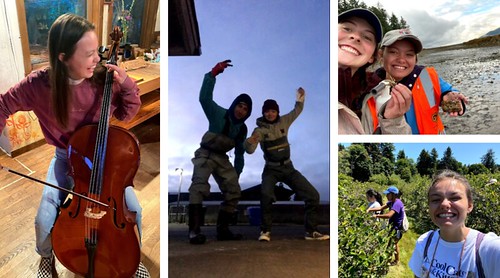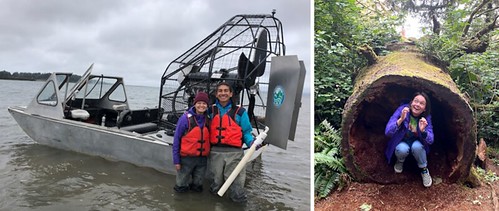Looking back, this has probably been the best summer of my life! Although it started off rough leaving my family and friends behind, it progressively got better with time. I got to meet so many new and wonderful people, visit places I’ve never been, and experience things that I never imagined for myself. I mean, it was my actual job to go out and play in the mud like a little kid! This summer internship has truly been an amazing experience and I recommend it to anyone looking to get a foot in the door with marine sciences.
Hearing from my roommates and the other Sea Grant Scholars has helped me to narrow down my future aspirations. I know that my summer experience has been a bit different than others in the program by being more of a scientific research experiment rather than scientific community/policy outreach. Working with Oregon State University and USDA-ARS has given me the chance to work with a real research team instead of a classroom research team. Not only has it led me to meet and work with other students and professors from OSU and CU Boulder, but it has allowed me to visit and make professional contacts in Washington and Alaska. While I would like to work with a government agency in the future, I would prefer to do a similar role as here that has less interactions with the public and more hands-on science.
The next step in life for me is heading off to graduate school for the Marine Resource Management master’s program at OSU in September. At OSU I’ll be continuing working with Brett, John, the Upogebia, and the Orthione for my master’s thesis to try and keep that balance between economy and ecology. I’m thrilled to be a part of a program that focuses on so many of the things that I care about. It will be an interesting transition to go back to school, especially in-person school. No matter what happens, I am extremely excited and nervous to start this next chapter of my life and see where it takes me.











